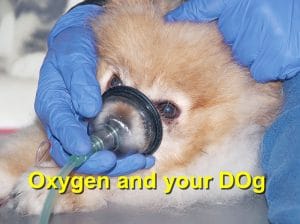Spaying and neutering your pet can have many environmental benefits. Here are some of the ways that spaying and neutering can help the environment:
- Reducing the pet population: Spaying and neutering can help reduce the number of unwanted pets that end up in animal shelters or on the streets. This can help reduce the burden on animal shelters and prevent the spread of diseases and parasites that can affect both pets and wildlife.
- Preventing pet overpopulation: By reducing the number of unwanted pets, spaying and neutering can also help prevent pet overpopulation. Overpopulation can lead to environmental problems such as the destruction of habitats, the spread of disease, and the depletion of natural resources.
- Reducing pet waste: Spaying and neutering can also help reduce pet waste, which can have a negative impact on the environment. Pet waste can contain harmful bacteria and parasites that can contaminate water sources and harm wildlife.
- Reducing pet-related pollution: Pet ownership can also contribute to pollution, as pets require food, water, and other resources that can have an environmental impact. By reducing the number of pets, spaying and neutering can help reduce pet-related pollution.
- Improving pet health: Spaying and neutering can also help improve the health of your pet. Neutering can reduce the risk of certain health problems in male pets, such as prostate cancer and testicular tumors, while spaying can reduce the risk of certain health problems in female pets, such as uterine infections and breast tumors. Healthy pets are less likely to require medical treatment, which can reduce the environmental impact of pet-related healthcare.
In summary, spaying and neutering your pet can have many environmental benefits, including reducing the pet population, preventing pet overpopulation, reducing pet waste and pollution, and improving pet health. By taking steps to reduce the environmental impact of pet ownership, we can help protect the environment and ensure a sustainable future for all.




